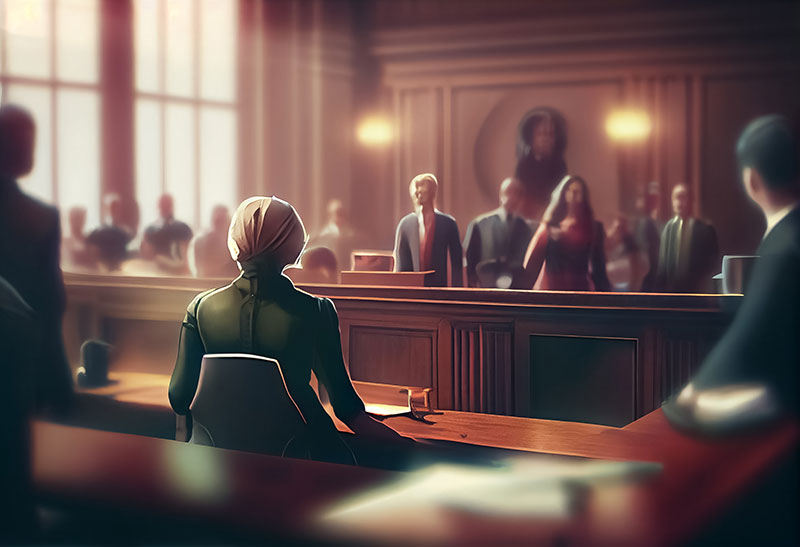How Visuals Transform Legal Strategy
How Visuals Transform Legal Strategy
Blog Article

In today's legal world, visual clarity plays a crucial role. Legal teams increasingly use illustration to explain events, scenes, and processes. Companies like LawFX are at the forefront of this visual legal revolution.
Understanding Courtroom Visuals
Unlike media sketches, these visuals aim to explain—not just depict—key scenes or events from a case. From car wrecks to faulty product usage, illustrations offer clarity for non-expert audiences. Every image they produce is both court-admissible and strategically impactful.
Visual Strategy by LawFX
Their illustrations are custom-built after consulting with lawyers, witnesses, and experts. Each image supports testimony and simplifies complex evidence.
Benefits of Visual Aids in Court
In court, time is short and information is dense. Visuals simplify the technical, making abstract or complex topics accessible to everyone. This improves juror retention and creates stronger emotional impact during trial.
Illustrations vs. Trial Graphics
They're used to organize arguments or highlight key facts. LawFX often combines both to deliver a unified, persuasive presentation strategy.
Who Uses Legal Illustrations?
Attorneys in fields like personal injury, product liability, and malpractice use visuals to explain their case. LawFX also serves mediators and arbitration teams seeking visual clarity during settlement talks.
Types of Cases That Benefit from Courtroom Art
Jurors can see what happened instead of just hearing it. Medical cases especially require diagrams of anatomy, procedures, or diagnostic errors.
From Concept to Courtroom: LawFX’s Workflow
LawFX begins with a legal consultation and case review. Drafts are created and reviewed with the legal team for accuracy. This collaborative method ensures that every visual is effective, precise, and courtroom-approved.
How Visuals Help Jurors Understand
Illustrations bridge the knowledge gap and reduce confusion. Visual storytelling keeps jurors focused and makes complicated testimony easier to follow.
Standards for Courtroom Illustration
They collaborate with experts to confirm that each illustration reflects actual evidence. Avoiding exaggeration or misleading design check here ensures their work withstands scrutiny and contributes to trial success.
How Legal Art Supports Mediation and Arbitration
Beyond the courtroom, visuals are powerful tools in pre-trial negotiations. Attorneys use them to influence settlement terms or simplify complex arguments during mediation.
Courtroom Illustration FAQ
What visuals do you create? Courtroom illustrations, trial graphics, 3D models, and digital presentations.
Are they admissible? Yes—they meet evidentiary standards and are reviewed with experts.
What’s the difference between illustrations and trial graphics? Graphics show data; illustrations show events or scenes.
Where can they be used? In court, settlement, depositions, and mediation.
How long does it take? Simple visuals take days, complex ones may take 1–2 weeks.
Why Courtroom Illustrations Matter
They’re no longer optional—they’re essential. For persuasive, professional visuals that tell your story—LawFX delivers.
Report this page